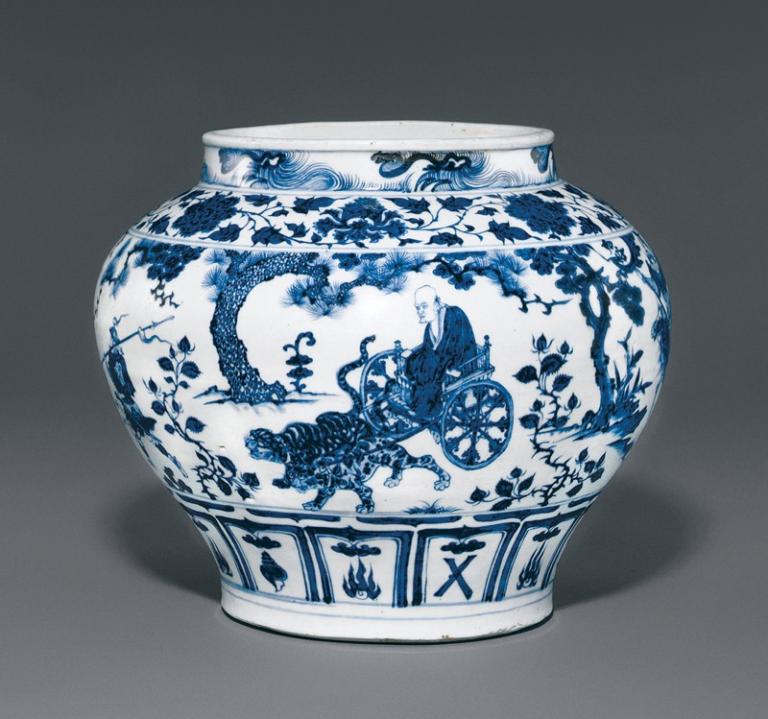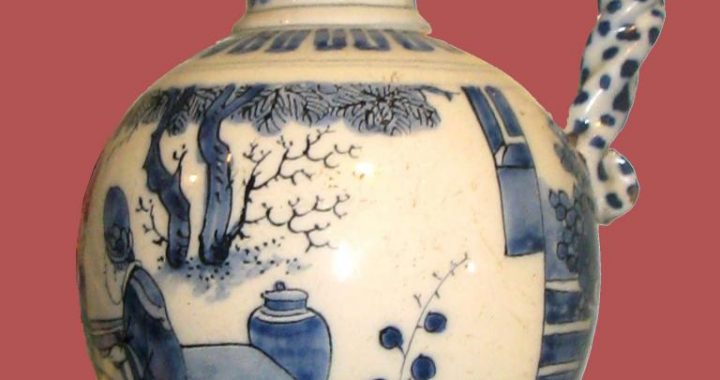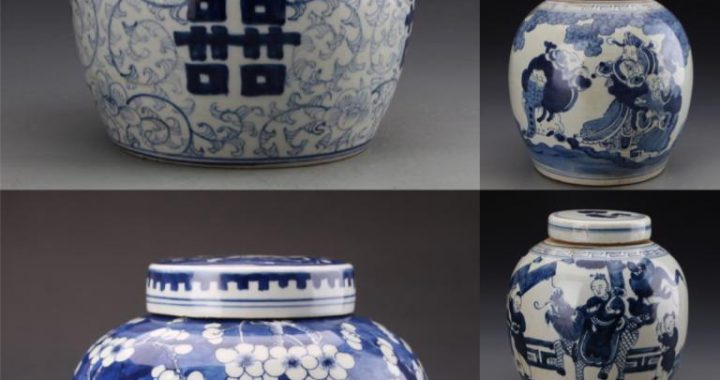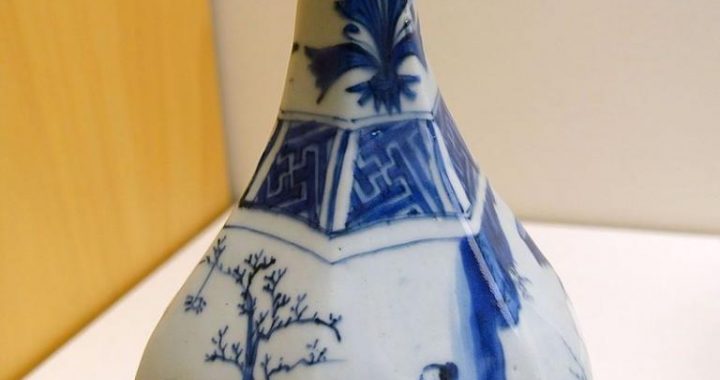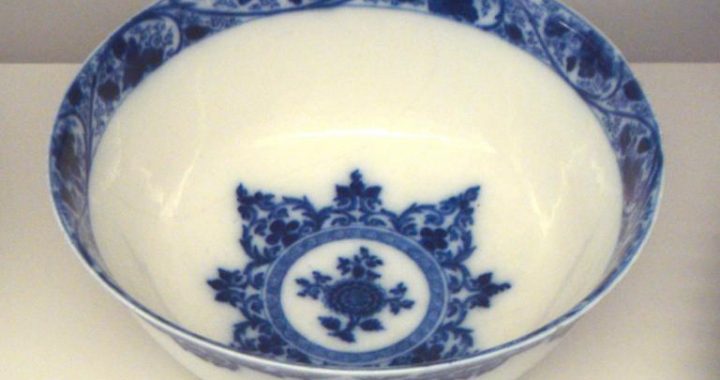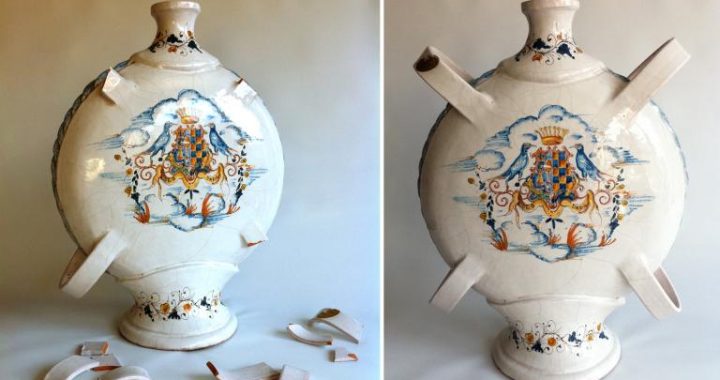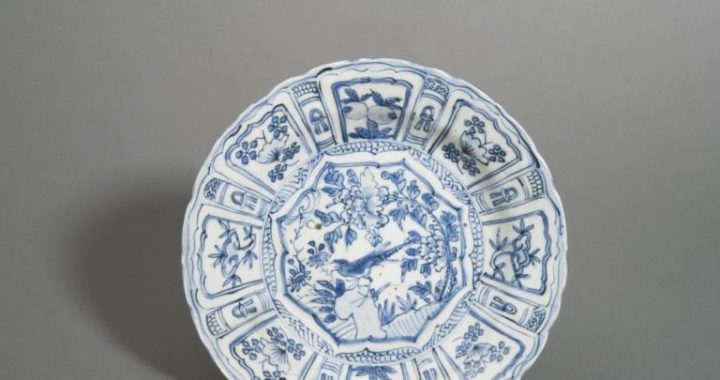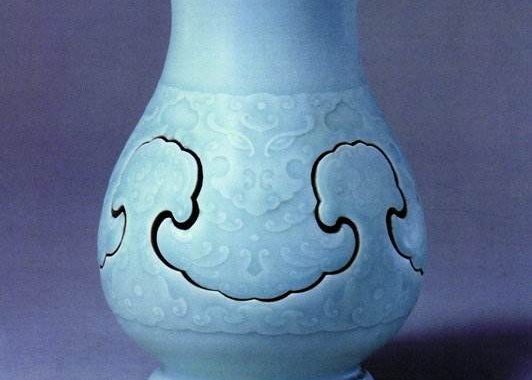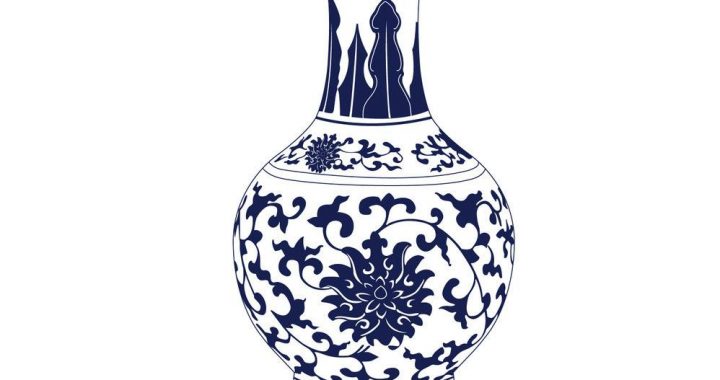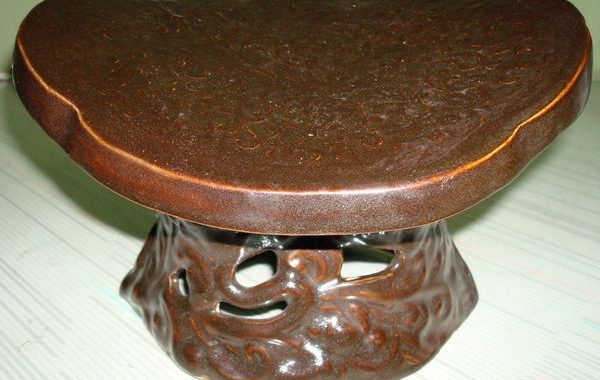Probe of Yuan Dynasty Blue-and-white Decorations
4 min readCompared with the monochrome glaze and plain decoration of Song wares, the sudden outburst of decorations on the Yuan dynasty blue-and-white ware is really confusing.As mentioned above,such decorativestyle might be the result of the Persian influence.

The decorations of the Yuan dynasty blue-and-white often spread over the entire vessel,but they are always orderly arranged in different layers from top to bottom,ranging from three to ten layers,except for the case ofseven layers,which have not been discovered to date.The Yuan dynasty blue-and-white wares mostly bear a main decoration pattern at the middle,supplemented by other layers of different patterns.These decorations are presented with a clear distinction between the main part and the lesser part,giving a sense of balance and richness in beauty.
The wide range of decorative motifs, including plants, animals and human figures, are applied on the Yuan dynasty blue-and-white wares. Due to the particular preference of Yuan people, the patterns of peony, dragon and Chinese unicorn were the most popular among all plant and animal motifs. But the human figure motif should be counted as the most interesting. Though not many inexistence, every piece with human decoration can be regarded as a real treasure. The human motifs often come from traditional Chinese drama stories, and are usually applied on large porcelain wares. Human figures are painted in the middle of the vessel which is the most eye-catching part, and are supplemented by various layers of plant patterns on other parts, presenting the effect of vivid movie scenes. In most cases, these scenes tell about widely loved stories in Chinese history, such as”Ghost Valley Master Going down the Mountain”,”Xiao He Chases after Han Xin under Moonlight”,”Princess Wang Zhaojun Departs the Frontier”,”General Meng Tian”,”Liu Bei visits Zhuge Liang Personally Thrice”,”Tao Yuanming Appreciating Chrysanthemum”, and”Yuchi Gong Saving His Lord”. All these scenes could help people better understanding the Chinese history.
“Ghost Valley Master Going down the Mountain”tells a story that in the Warring States period, Sun Bin,a famous military strategist, was captured by his opponent.His tutor, the hermit Guiguzi (Ghost Valley Master), is going to rescue him.
“Princess Wang Zhaojun Departs the Frontier”is a widespread folklore which took place during the puissantHan dynasty, when the nomadic Hun was also at its heyday, and the two regimes were in an unstable relationship. Then, Hun was weakened by domestic split, and one of the Hunchiefs named Huhanye, went to the Han capital Chang’ an in person to make marriage proposal toward the Han Emperor.
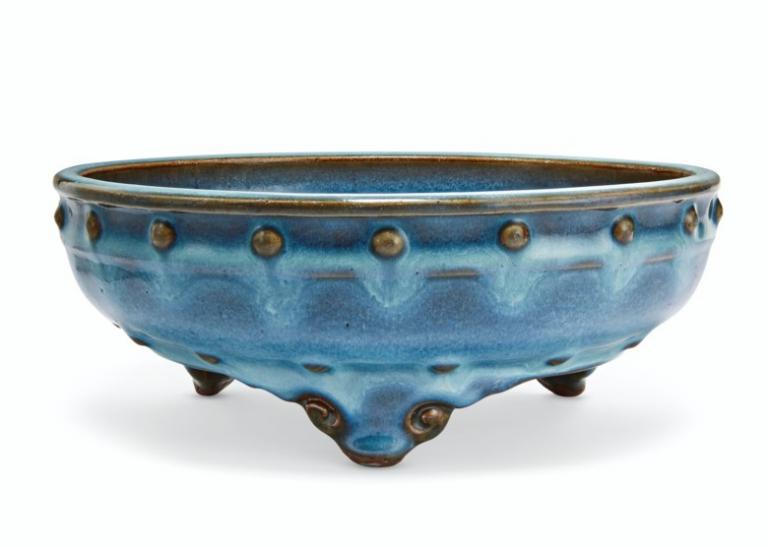
Thereupon, the Han court decided to choose a palace maid disguised as princess, and marry her to the chief.Among the innumerous maids serving in the palace, no one was willing to be married to the remote and desolate Huntribe, except for one— Wang Zhaojun. It is said that when a girl was sent to the palace, she would have her portraitpainted by a palace painter, which would be presented to the Emperor. Though beautiful as goodness, Wang Zhaojun was painted mediocre, as she didn’t bribe the painter who painted her. As a result, she got no chance to meet the Emperor after being sent to the court until one day she volunteered for the marriage with the Hun chief. Enchante(by her beauty, the Emperor felt remorseful, and ordered t punish the painter severely. With her marriage witl Huhanye, Wang Zhaojun also brought Han culture to Hulhabitat, and persuaded her husband to stop war agains Han. Through her effort, peace between the two nation was fulfilled, which safeguarded the well-being of peopl of both sides living on the border. But she never got; chance to return to her homeland.
“Liu Bei’ visits Zhuge Liang Personally Thrice”i also a story that Chinese people know very well: During thThree Kingdoms era, Liu Bei, chief of one the three parties paid three visits to Zhuge Liang (a renowned militar strategist in Chinese history), asking him to be his Chancellor. Zhuge Liang, who was living in relative seclusion, earning him the nickname”Wolong”(“Sleeping Dragon”), was impressed by Liu Bei’s sincerity, and finally joined him in the cause of seizing state power.
These stories of historic figures on the Yuan dynasty blue-and-white wares are all widespread classics handed down from earlier dynasties, and had been lively presentedthrough various art forms, such as literature, painting and traditional opera. Yuan artists inherited and further developed these art forms by bringing the stories onto blue-and-white wares, and left us a precious art treasure.
